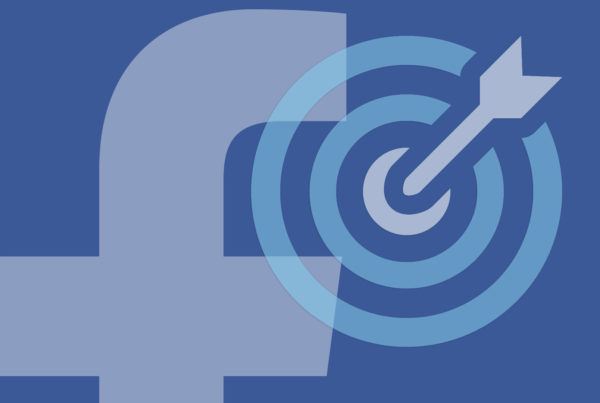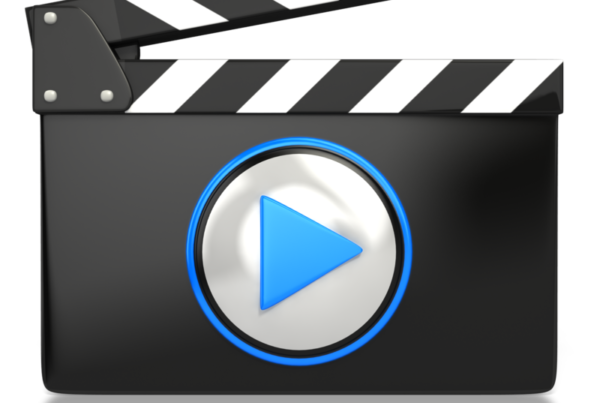
(The following article was first published on LinkedIn. Read here.)
The escalation of the current health crisis means social distancing is mandatory and businesses across the globe are now looking for ways to survive. What’s the best approach so there are little-to-no disruptions?
Webinars can showcase your products, services or ideas in a dynamic way. And with the right software, it’s easier than ever to demonstrate your expertise to an engaged audience. But you need to host a webinar with the proper mindset and preparation. It’s easy to avoid mid-webinar disengagement with a plan and the right tools. We hope the following tips help you uncover, and ultimately implement, webinar best practice:
Format
Before creating your slide deck, decide on the right format. Is your webinar going to be hosted by a single presenter? Will it be an interview Q&A-style with two speakers? A panel discussion with numerous guests and a moderator? The complexity of your chosen subject, and the availability of suitably qualified speakers, should inform your choice of format.
SEO (Search Engine Optimisation)
Because you have a webinar with great content doesn’t mean our audience will be able to find it effortlessly. Think about whether the topic has solid search potential. Consider content promotion and how you will promote it on your media channels. What about co-marketing opportunities with partners – how are they promoting it?
Practice
There’s more to webinars than just rehearsing. Practice how you’re going to deliver your material. The more you practice, the more natural your delivery. Spend time practicing the technical aspects. Most webinar software allows you to record a demo. Use this function and then watch and listen to your presentation. It can help you identify areas for improvement.
Message
Your message involves much more than just the material that you’re going to deliver. It also involves material you won’t necessarily deliver in your presentation. For example, you need to know how to answer the questions that come up in Q&A. Those may not even be questions that you have anticipated.
Slides
There is an art to using slides properly. Don’t use too many and don’t have too much information on each slide. Your slides should complement what you are communicating, not just repeating your message. Make sure each slide adds something to the presentation and that the slides move along with the presentation. Don’t fall into the trap of having a slide stay too long on-screen.
Q&A
Most presenters use Q&A sessions but they tend to leave them to the end. It’s more effective to use shorter Q&A sessions throughout the webinar. A suggestion might be to finish off each topic by inviting the audience to ask questions.
Interaction
The strength of a webinar can sometimes become its weakness. This is because when presenting you can’t see your audience and if you’re not careful, you can seem distant. Speak to your audience just as if they were physically sitting in front of you. It can sometimes help to have a picture of an audience just behind your webcam.
Microphone
Few things will ruin a webinar faster than poor quality audio. Don’t rely on built-in mics on your laptop – the resulting audio may be tinny, distorted or faint, even if you have some decent hardware. Instead, use a cabled headset microphone to ensure that everything you say is clear (see several options below).
Value
Every attendee will expect to receive something of value when they attend your webinar. Make sure your content delivers value so don’t try and stretch topics by filling them with information which is purely designed to extend time. Solutions to problems are always viewed as valuable. When preparing material, try to develop your information from angles that are new to your audience. Make sure that your audience comes away more educated as a result. Consider distributing a PDF handout afterwards – upload it onto your website in an effort to drive additional traffic. Use web analytics to deep dive into who has downloaded.
Record
It’s always essential to do this because it gives you a huge amount of content that can be repackaged later. For example, create a section on your website where your audiences can find and watch previous webinars. Consider splitting up webinar recordings into smaller grabs and then uploading these to YouTube or sharing them on social media.
Timing
For maximum impact, webinars should be between 45-60 minutes. If you can’t get your webinar to fill at least 45 minutes without adding in filler content, it’s time to rethink your topic. Also as a rule, 11AM to 2PM are generally considered the best times to host. The only exception within that timeframe is midday (lunch).
Technical Considerations
Platform
There are several webinar platforms to choose from, each of which has its pros and cons. Some options for consideration: Zoom (ability to break out in groups of three, chat option, intuitive), GoToWebinar, Zencaster (audio, podcast), and Audacity (audio, podcast).
Microphones
Some microphones for consideration. Whatever your choice, always do your research for the microphone best-suited for your needs: Heil PR-40, Samson Meteor, Audio-Technica ATR2100, Rode Podcaster, Audio-Technica AT2020, Blue Yeti, Blue Microphones Snowball, MXL990, CAD U37, Shure SM58, Audio-Technica ATR2500, Samson Go Mic, Rode NT USB, Razer Seiren Pro Elite XLR USB, Shure SM7b.



